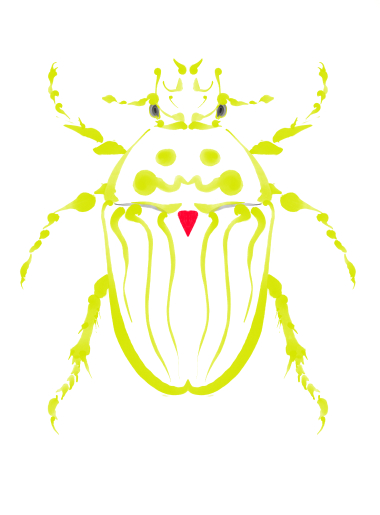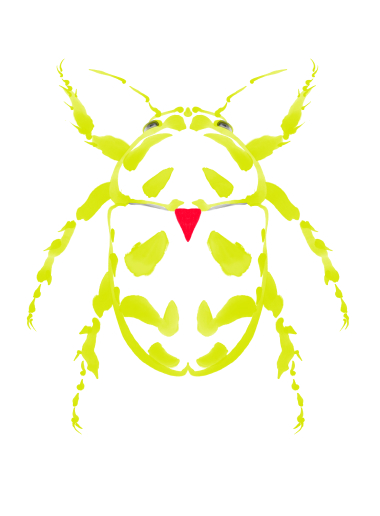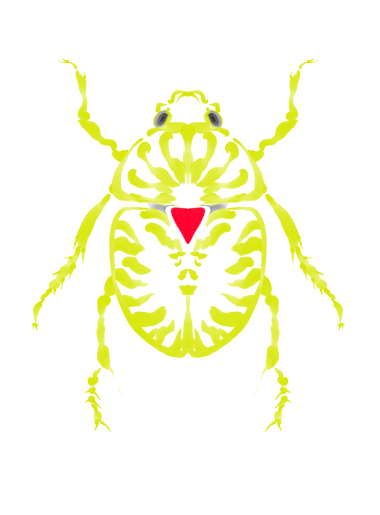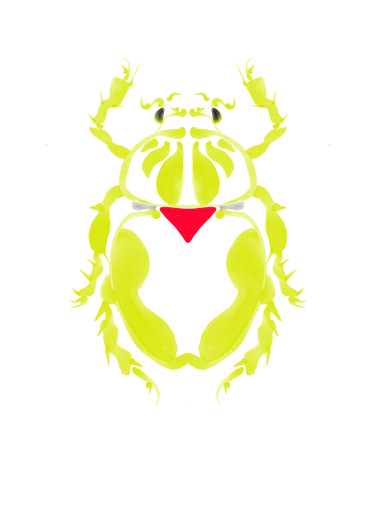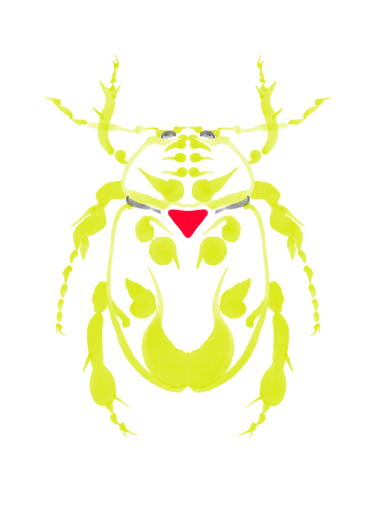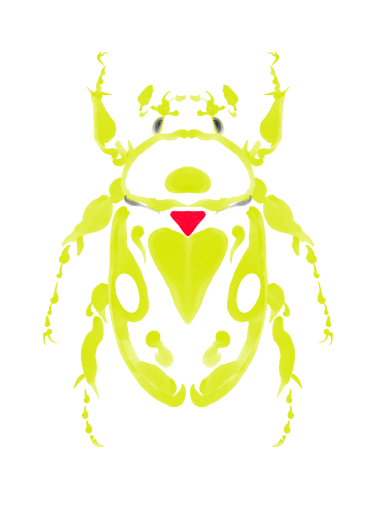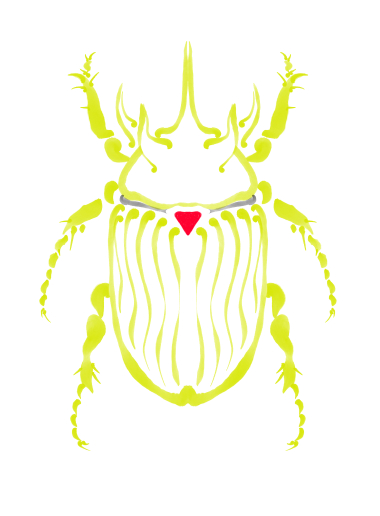Let’s start with the basics
Let’s start with the basics
Let’s start with the basics
Let’s start with the basics
Click parts of the beetle
Click parts of the beetle
Click parts of the beetle
Click parts of the beetle
me

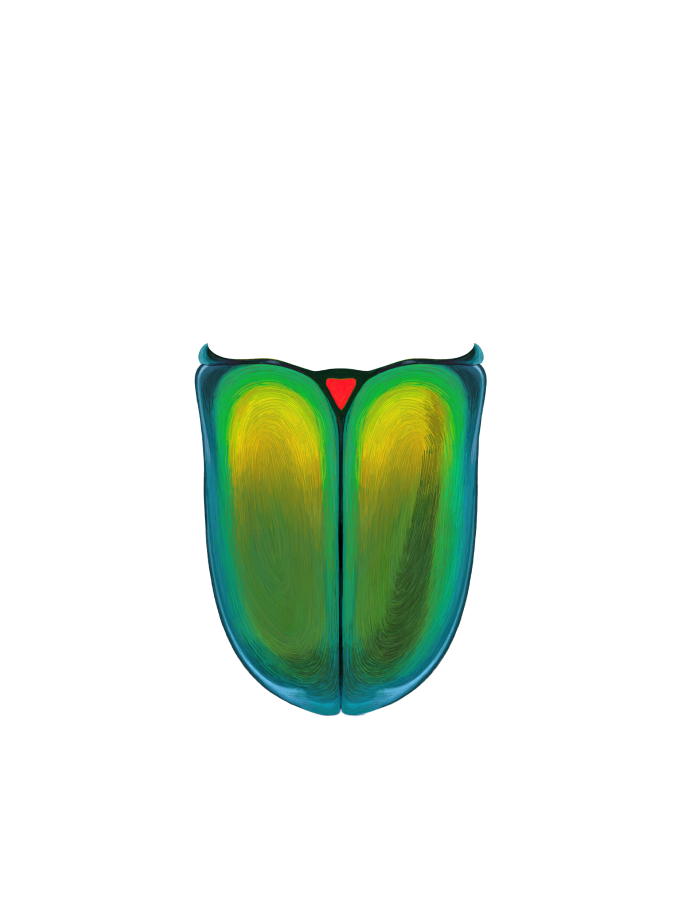
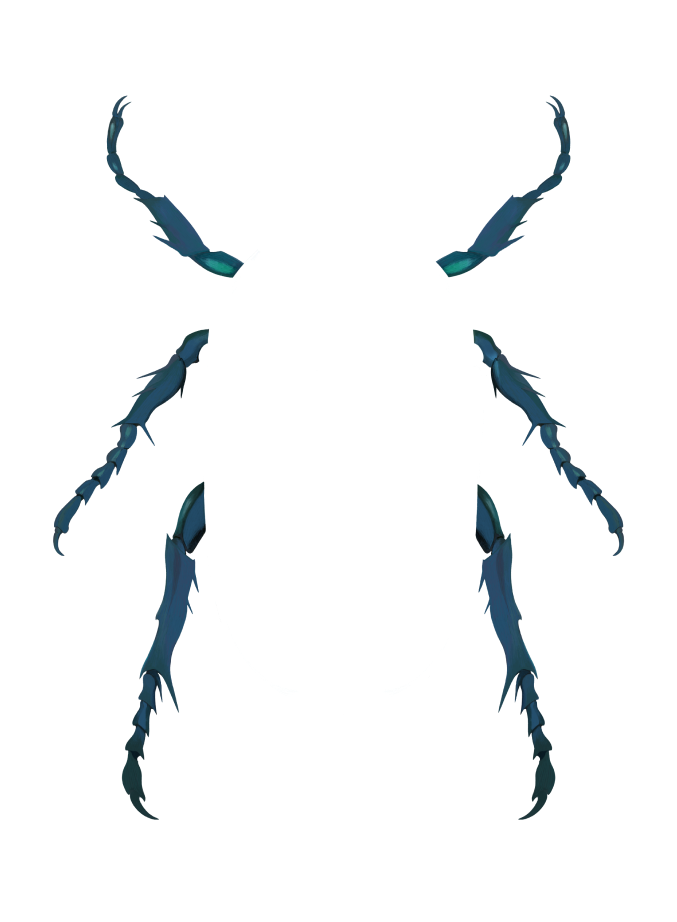


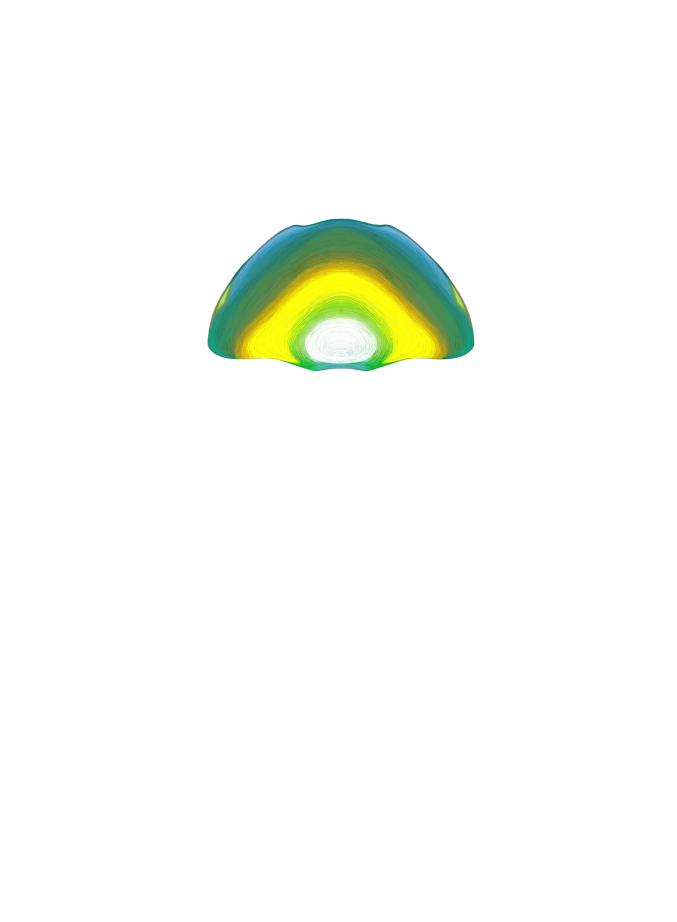
THE WINGS
They have two pairs of wings. One pair is the hard-shelled outer wings. These are not used for flying, but to protect the beetle’s flying set of wings and its body as it crawls through narrow passages and tunnels in a tree.
THE HEAD
Head of a beetle is at the front of the body and is the location of the brain. It's also where the eyes are located. Beetles see in patterns of light and dark dots. Much like the resolution of an image on our computer, the number and size of the dots (or ommatidia) affect how well the beetle can see. In some ways, seeing through the beetles eyes would be like looking through a kaleidoscope.
THE THORAX
Middle part of the beetle that serves as an attachment point for the legs and wings. This is where the heart is located, as well as the muscles, which help the beetle walk, jump and fly.
THE LEGS
Beetles have six jointed legs and the last segment of the leg bears a small claw. While most beetles use their legs for walking, legs may be variously modified and adapted for other uses like swimming, digging and jumping.
THE HORNS
Beetle horns can be impressive weapons. Beetles use their horns to grab other beetles, lift them in the air, and even throw them off trees. They can grow horns in several places. Some horns are located on the front of a beetle’s face. Others grow from the back of the head. And still others grow from the thorax, which is between the beetle’s “shoulder blades.”
4 0 0 0 0 0
named species.
Of all known species on the planet, beetles add up to about
25%
Some estimates of the total number of living beetle species are in the
Millions
They are the most diverse group of complex organisms
on Earth
The Big
Bloom
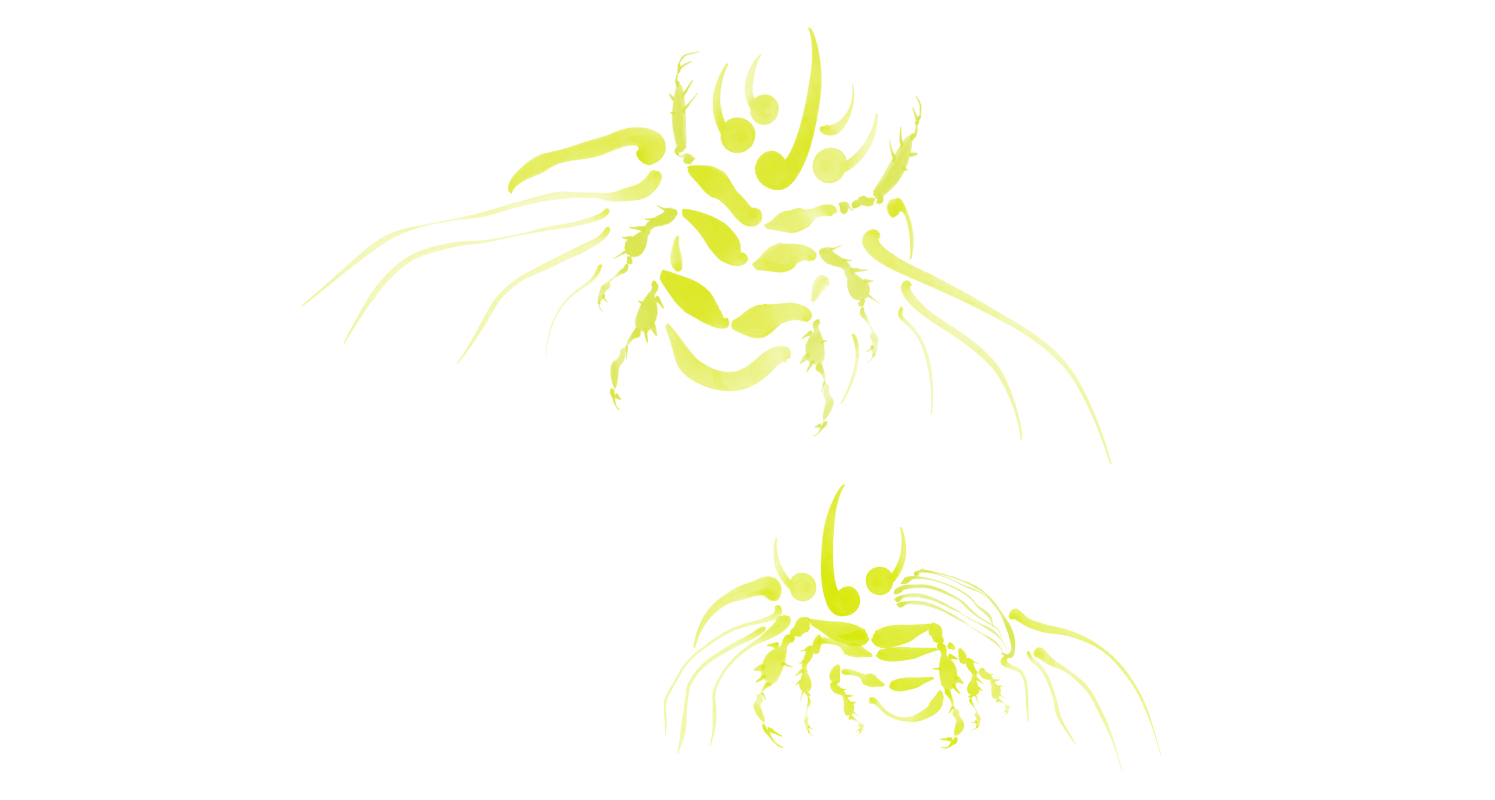
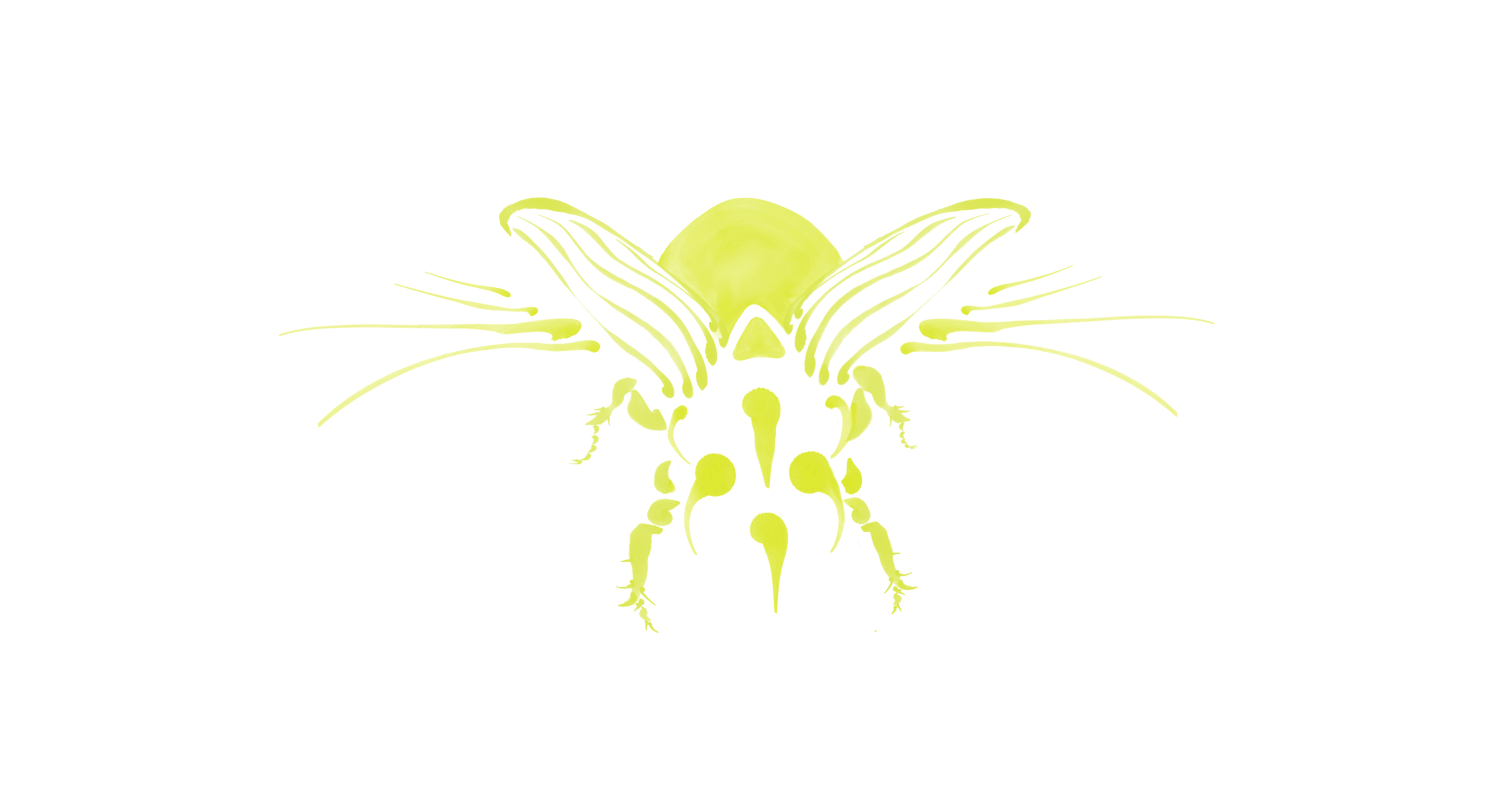

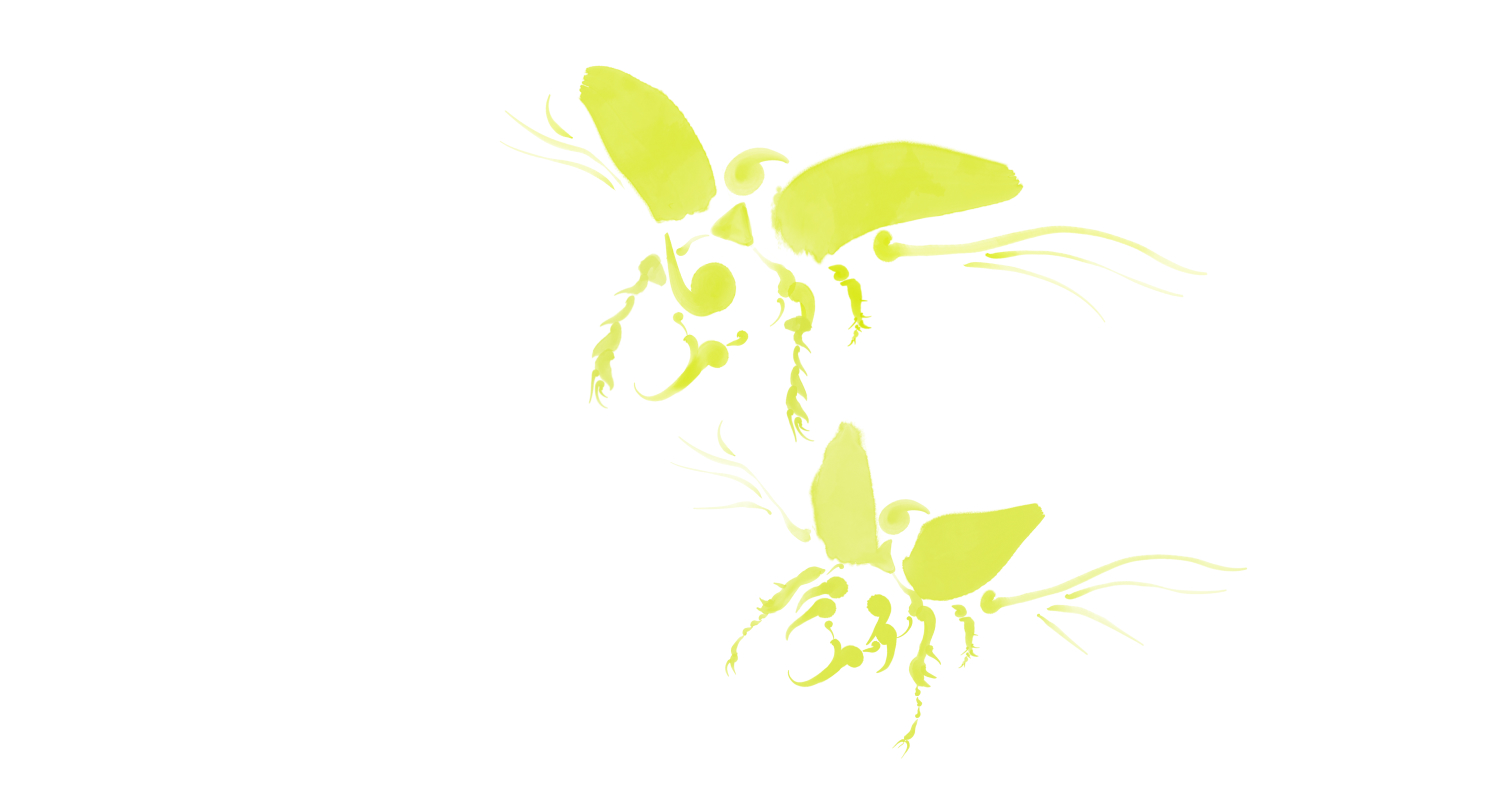
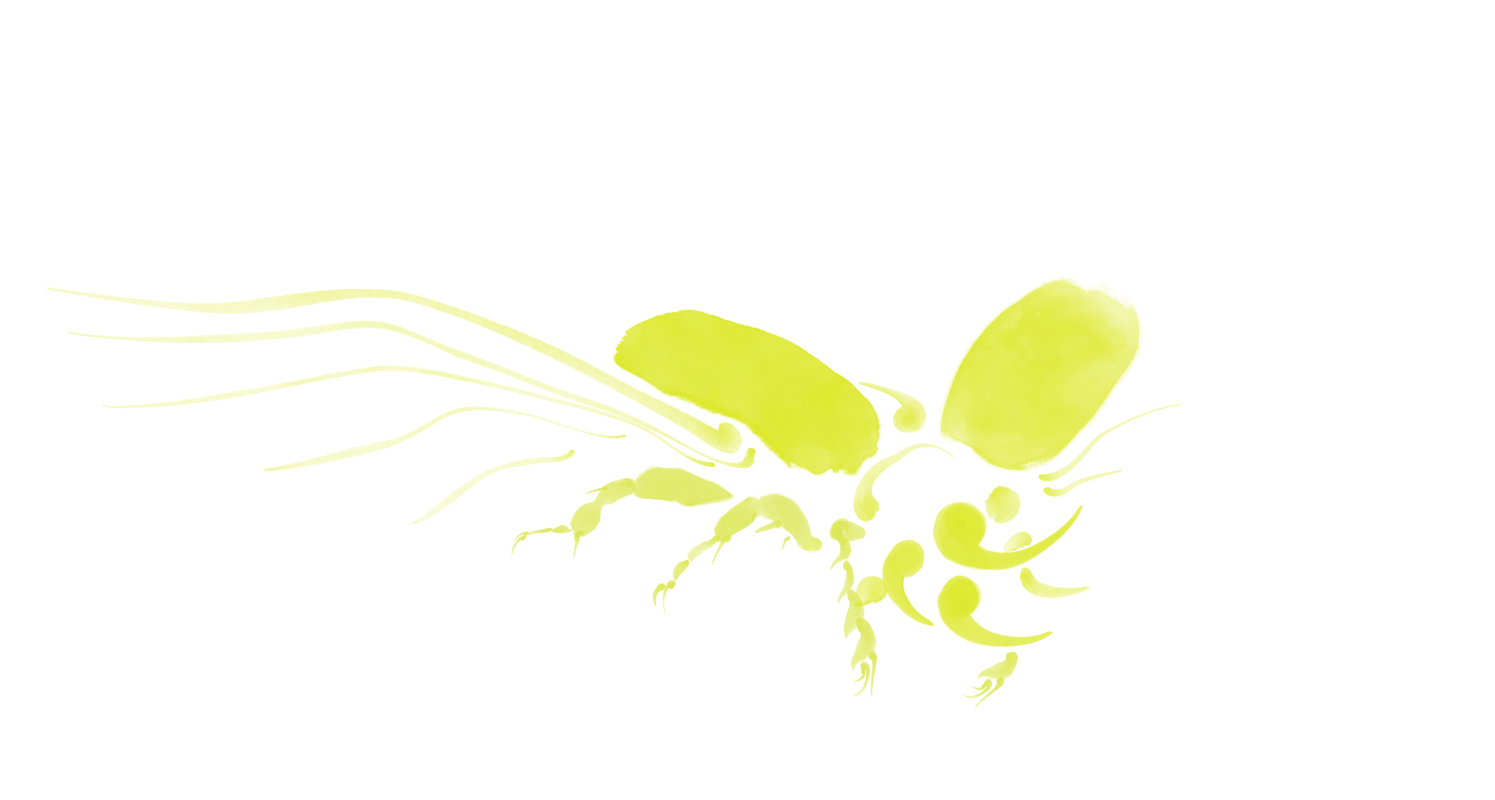
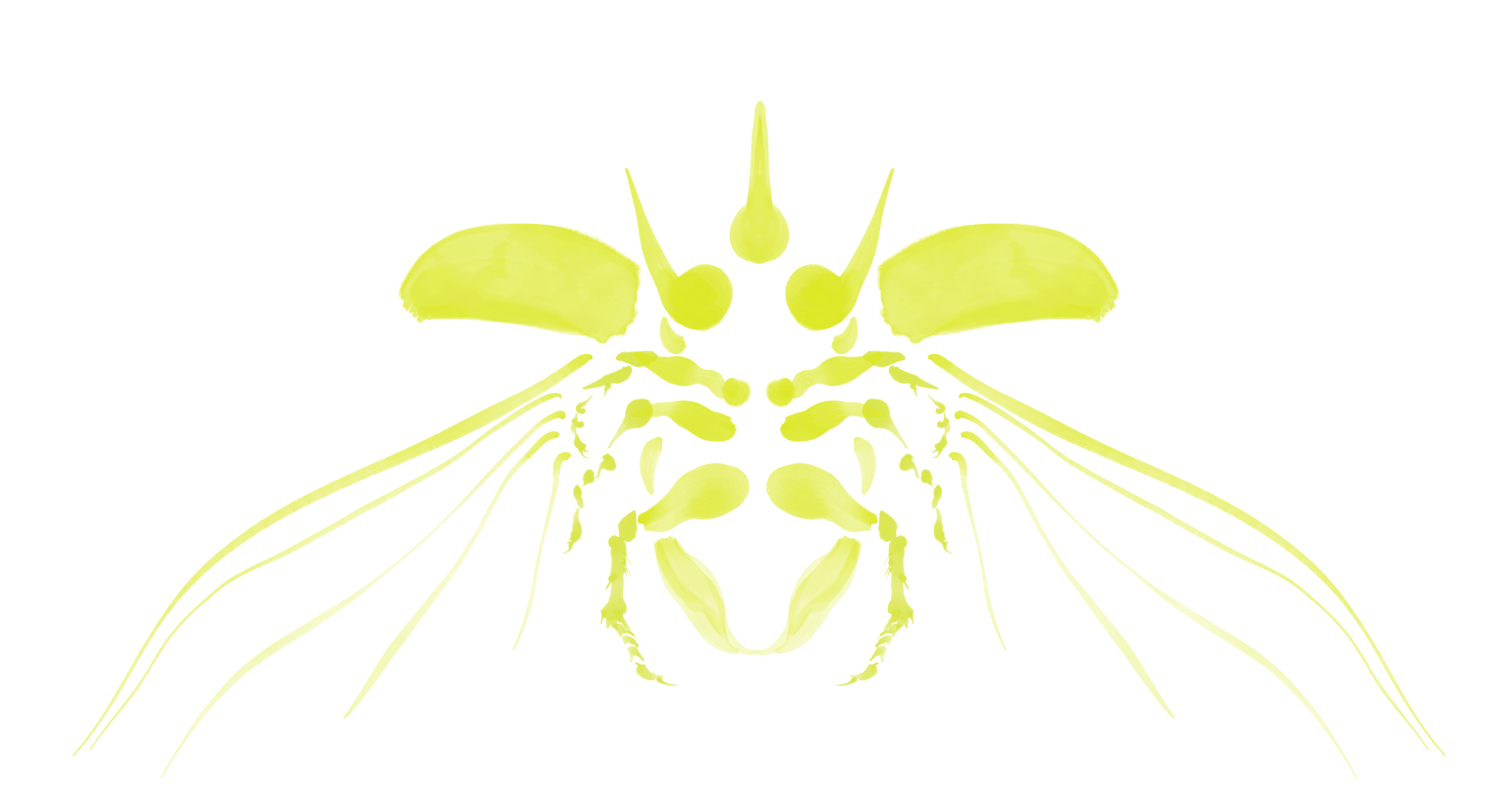
The Big Bloom
About 125 million years ago flowering plants took over the world and with them the beetle diversification happened, all thanks to the relationship they formed with this new food source.
Beetles roll with
the changes
The persistance of beetles can be ascribed to their wide range of dietary habits, ability to find suitable habitats when necassary, and adaptability.
They are true
survivors
During the past 300 million years, there have been 214 families of beetles, but only 35 of those have completetely died out.
ALL SHAPES AND SIZES ALL SHAPES AND SIZES ALL SHAPES AND SIZES ALL SHAPES AND SIZES
Why are there so many beetles?
SciShow
The Big Bloom—How Flowering Plants Changed the World
Michael Klesius
125 Million Years Ago, One of the World's Very First Flowers Bloomed
Kirstin Fawcett
When Did the First Flower Bloom?
PBS Eons
Archaefructaceae, a New Basal Angiosperm Family
Ge Sunqiang Jidavid L. Dilchershaolin Zhengkevin C. Nixonand Xinfu Wang
"Inordinate Fondness" Explained: Why Are There So Many Beetles?
Brian D. Farrell
A Comprehensive Phylogeny of Beetles Reveals the Evolutionary Origins of a Superradiation
Toby Hunt, Johannes Bergsten, Zuzana Levkanicova, Anna Papadopoulou, Oliver St. John, Ruth Wild, ...
The evolution and genomic basis of beetle diversity
Duane D. McKenna, Seunggwan Shin, Dirk Ahrens, Michael Balke, Cristian Beza-Beza, Dave J. Clarke, ...
The fossil record and macroevolutionary history of the beetles
Dena M. Smith and Jonathan D. Marcot
The Timetree of Life
S. Blair Hedges, Sudhir Kumar
Cretaceous environmental changes led to high extinction rates in a hyperdiverse beetle family
Gael J Kergoat, Patrice Bouchard, Anne-Laure Clamens, Jessica L Abbate, Hervé Jourdan, Roula Jabbour-Zahab, ...
Beetles almost never go extinct
Sid Perkins
Beetle Anatomy
Parks Canada
Beetle Anatomy
Animal Corner
Little beetle, big horns
Roberta Kwok

